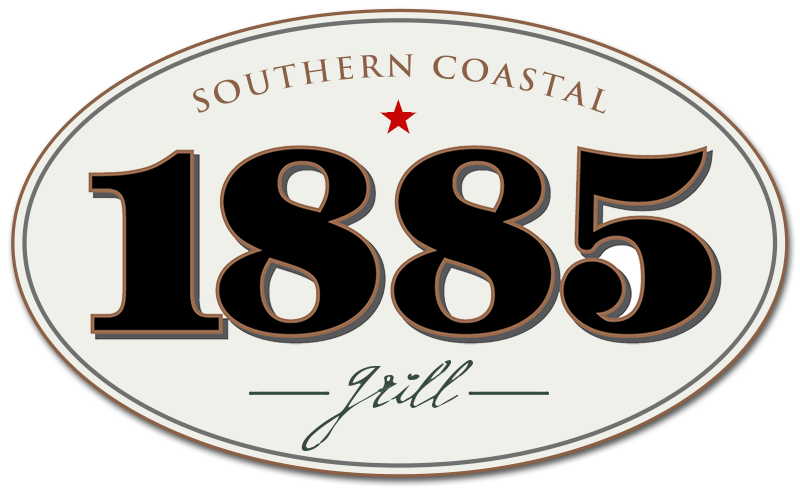The State’s Best Dish: Massachusetts Clam Chowder
Clam chowder has deep historical roots in Massachusetts, dating back to the 1700s when early settlers began creating hearty, nourishing soups using available ingredients. This New England staple is believed to have been inspired by European fish and shellfish stews, especially those from France and England. When settlers arrived in the New World, they adapted these recipes with local ingredients, such as clams, which were abundant along the Massachusetts coast.
The word “chowder” likely comes from the French word chaudière, meaning “cauldron,” as these early soups were often made in large pots. The original recipes were typically simple and relied on ingredients like salt pork, potatoes, onions, and milk or cream—giving New England clam chowder its characteristic white, creamy appearance. Unlike the tomato-based “Manhattan” style that emerged in New York in the 1800s, New England clam chowder’s creamy, milk-based broth became the regional standard and remains iconic.
Clam chowder gained further popularity in the 19th century, especially with New England fishermen who would prepare it on boats. The dish soon found its way into restaurants, and by the early 20th century, it was a well-established menu item in Massachusetts eateries. By then, Boston’s seafood markets and restaurants were famous for their chowder, and it became associated with traditional New England fare.
Today, clam chowder is celebrated throughout the northeast, notably at the annual Boston Chowderfest, which attracts clam chowder enthusiasts from across the country to taste and judge various chowder recipes. In 2003, Massachusetts even designated it as the state’s official soup, reflecting its cultural significance and ongoing legacy in the region.
